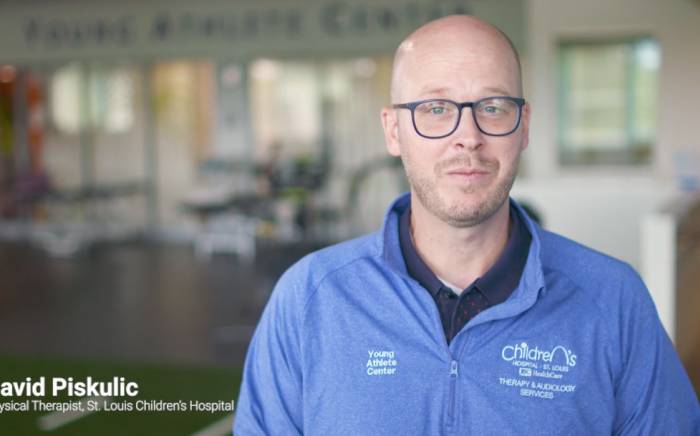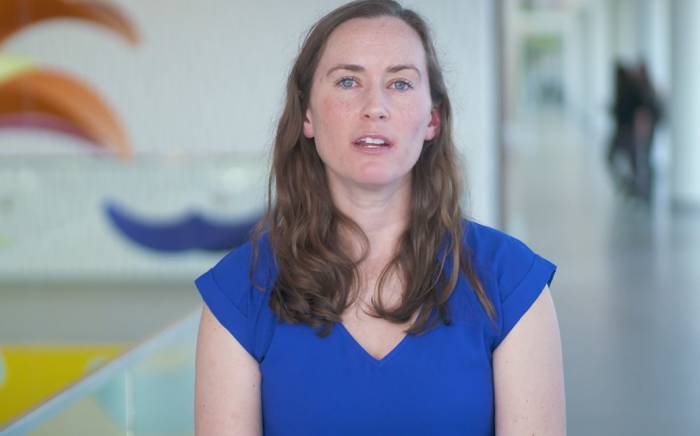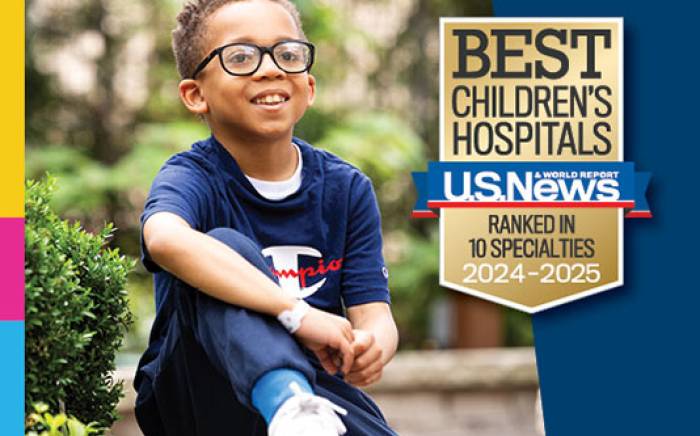The spine is one of the most important parts of the body. Not only does it serve to protect your spinal cord, but it is gives your whole body it's structure, allowing you to stand upright and bend with flexibility. Your spine has a natural “S-shaped” curvature when seen from the side of your body. Normally, from a back view, the spine looks straight, but, when the “S-shape” occurs from side to side on your body it may be a sign of scoliosis.
Scoliosis has several causes. In adolescence, it can result from the growth spurt of puberty. In adults, its causes range from genetic malformation, paralyzed or diseased musculature, or bone degeneration.
Symptoms of scoliosis depend on the severity, which can be measured by the angle of deviation from the normal curvature. In mild cases with curves of up to 40 degrees, symptoms can be physical deformities, such as one shoulder or hip being higher than another. In severe cases, with curves of more than 40 degrees, symptoms can include pain, weakness, numbness, difficulty walking, and digestive problems. In the most severe cases for curves above 60 degrees, the deformity can affect the chest area, leading to heart and breathing problems.
There are a variety of treatment options for scoliosis, depending on its severity. In mild cases, spinal braces, special shoes and inserts, or physical therapy may provide relief. Swimming, stretching and breathing exercises are beneficial.
Surgery is only recommended in severe cases, due to the unbearable pain or physical deformity, or when the health of the heart and lungs are compromised. Surgery usually involves insertions of metal screws, plates or rods to straighten the spine. There are several complications that can result from surgery, and these should always be discussed with your physician.










